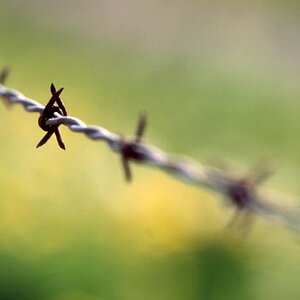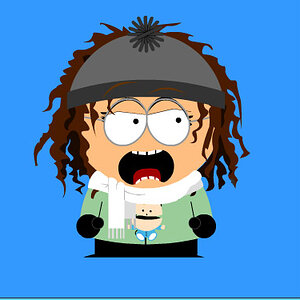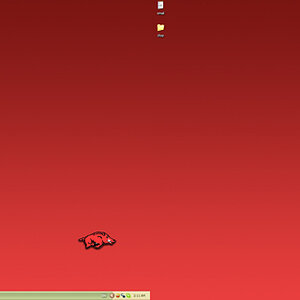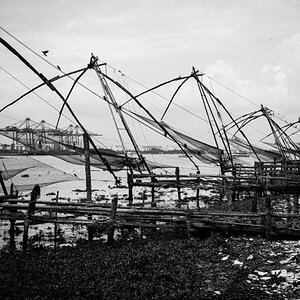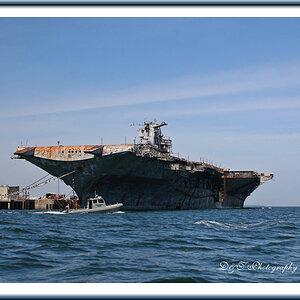SimplyMo
TPF Noob!
- Joined
- Jul 17, 2008
- Messages
- 58
- Reaction score
- 0
- Location
- temporarily BUFFALO new york
- Can others edit my Photos
- Photos NOT OK to edit
((i wasn't sure if this is considered basic or not..here goes--))
i read this following paragraph in a short article about perspective control lenses and have one question. how is the IMAGE CIRCLE formed?
from the rear lens opening? and if the image circle casted is larger, would that be because the rear lens opening is larger?
i know this is probably not of great importance.. im just curiously dissecting everything i read..:nerd:
"Perspective control and tilt-shift lenses cast larger image circles than the actual image area and can be shifted back and forth in one plane in relation to the camera. This lets you compensate for the converging vertical problem - you shift the lens back and forth, moving the position of the image area within the image circle."
i read this following paragraph in a short article about perspective control lenses and have one question. how is the IMAGE CIRCLE formed?
from the rear lens opening? and if the image circle casted is larger, would that be because the rear lens opening is larger?
i know this is probably not of great importance.. im just curiously dissecting everything i read..:nerd:
"Perspective control and tilt-shift lenses cast larger image circles than the actual image area and can be shifted back and forth in one plane in relation to the camera. This lets you compensate for the converging vertical problem - you shift the lens back and forth, moving the position of the image area within the image circle."



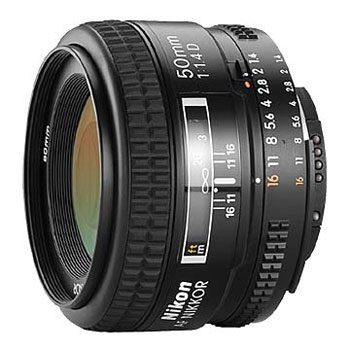
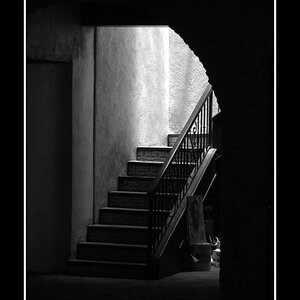
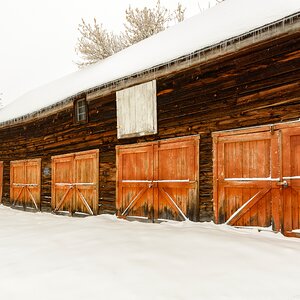
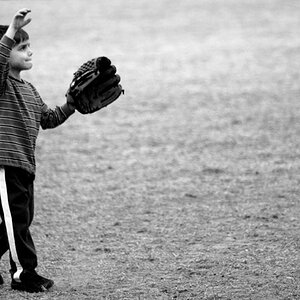
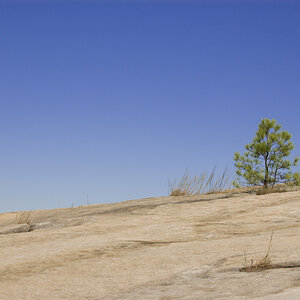
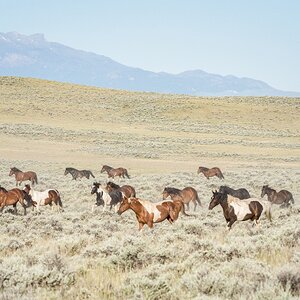
![[No title]](/data/xfmg/thumbnail/35/35946-771bfce9b2727c9126587d96c471da80.jpg?1619737254)
